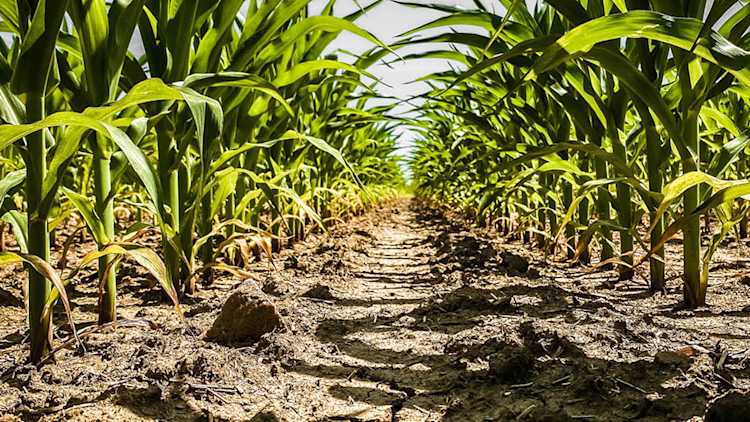Weathering the risks: How to build climate change resilience on your farm

With weather-related incidents on the rise across the country, climate events need a place in your overall risk management strategy.
Many farmers already make solid business decisions to drive resiliency on the farm.
Agriculture has always been at the whim of the weather, but the level of climate variability is bringing more unstable and intense weather hazards, creating unpredictability, such as shifting growing seasons, disrupting operations and squeezing cash flow. As a result, farm operations and profitability are impacted.
It can be challenging and confusing to know how to plan. Think of it as making changes to farm management that will strengthen your farm’s ability to handle unpredictable climate-related events and reduce impacts to your operation’s profitability and viability.
Here’s some background information and on-farm actions that can help your farm business adapt and be more resilient to climate variability:
Why it matters
More farms face more challenges linked to changing weather patterns.
A survey done by Agriculture and Agri-Food Canada in 2022 and 2024 found that:
half of the producers (51%) experienced drought, and
one in four (26%) experienced flooding over the past two years.
Climate adaptation and resilience are emerging as definitive, concrete business strategies to tackle these challenges as part of risk management plans.
Adaptation is about making operational changes that help reduce the negative impacts of volatile growing conditions – activities like diversifying crop and livestock production, precision agriculture and on-farm storage.
Resilience comes from adapting risk management practices to help absorb shocks, recover quickly, protect income and maintain the financial health of your operation.
Effects on the farm
There are many examples of how the increase in volatile, severe and frequent weather hazards is impacting producers in Canada.
Productivity. Weather-related events are the primary cause of production losses, according to a recent study by Agriculture and Agri-Food, impacting 88% of oilseed and grain farms, 76% of dairy producers, and 71% of fruit and vegetable growers.
Profitability. When weather disrupts farm operations, the financial consequences include strained cash flow, reduced profitability and greater financial vulnerability.
Ability to pay debt. Financial instability puts extra pressure on making loan repayments and may increase credit risk profiles.
Insurability. Extreme weather can result in increased farm damage, leading to higher insurance claims and greater payouts for insurance companies. As a result, premiums can rise, along with the risk of coverage exclusion.
What you can do
Many farmers already make solid business decisions to drive resiliency on the farm. With emerging climate and weather-related risks, here are some more ways to improve adaptability.
Best practices
Conduct a vulnerability and risk assessment to identify actions tailored to your farm – this Climate Resilience Planning Guide can help.
Determine how regenerative agriculture might fit into your farm, such as ways to improve soil health through cover crops, rotational grazing, and crop diversification.
Use weather forecasting tools for timing of field activities.
Drought
Build on-farm water storage to reduce dependence on rainfall.
Adopt precision irrigation systems to improve water use efficiency.
Choose drought-tolerant crop varieties to improve yield resilience.
Heatwaves
Adjust planting and harvesting dates to help maintain yield.
Provide shade, ventilation and cooling for livestock to reduce heat stress, improve welfare and support productivity.
Look for longer growing season crops to help increase and diversify revenue.
Excessive precipitation
Consider elevated storage to reduce downtime, protect equipment, and increase harvest efficiency.
Look at drainage options (tile, ditches) to improve water removal, reduce soil saturation and allow earlier field access.
Wildfires
Make shelter and evacuation plans for livestock to reduce animal losses.
Invest in fire-resistant materials to minimize damage to buildings and lower recovery costs.
Look at forest and pasture management to reduce the risk of wildfires.
Learn how one Kelowna winemaker’s experience with wildfires became a lesson in resilience and risk management.
As climate variability and its impact on agriculture grow, having a risk management plan in place can help strengthen your farm’s resilience.
Working with industry partners, FCC has established a Sustainability Incentive Program, open to eligible customers who meet the program's requirements. Learn more about this program and related resources.
Article by: Jane Robinson

When you know your inputs and outputs well and make changes where they really count, even the simplest fix can make a big impact.
